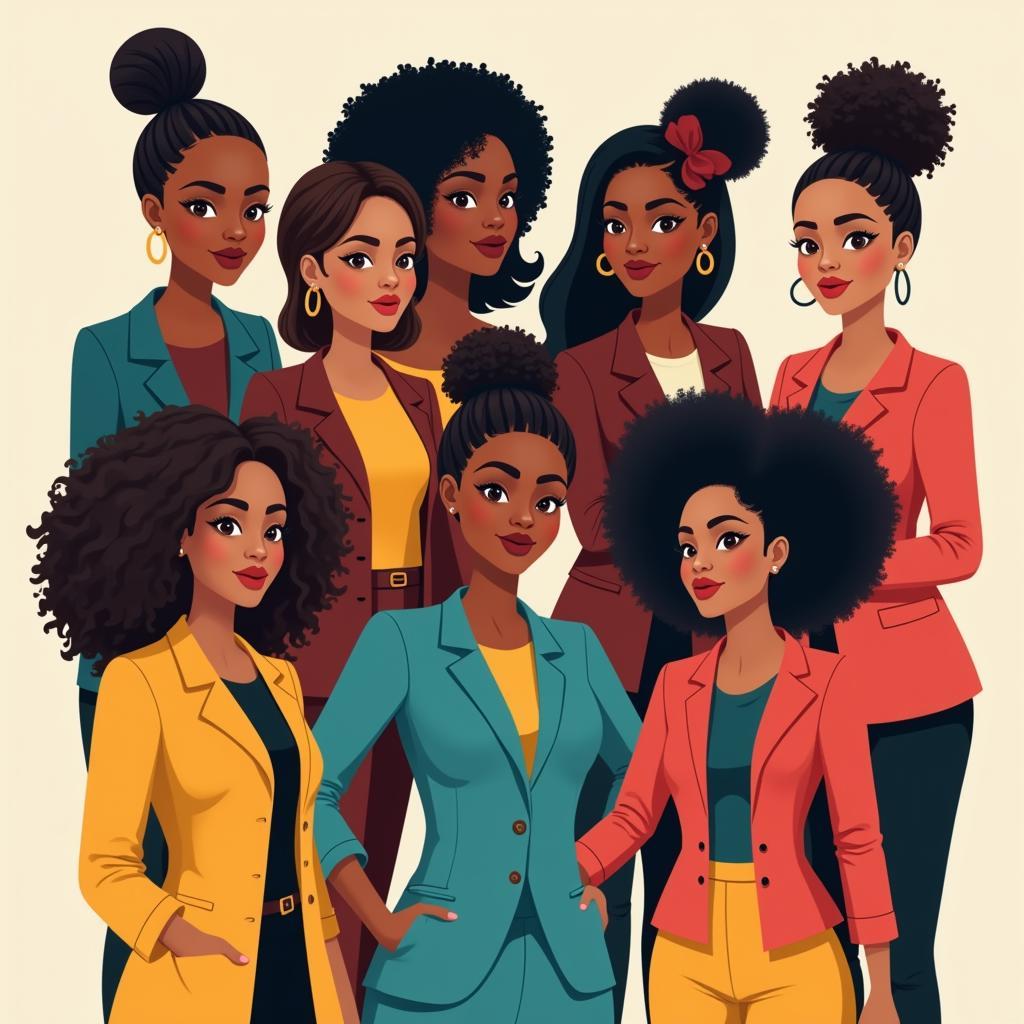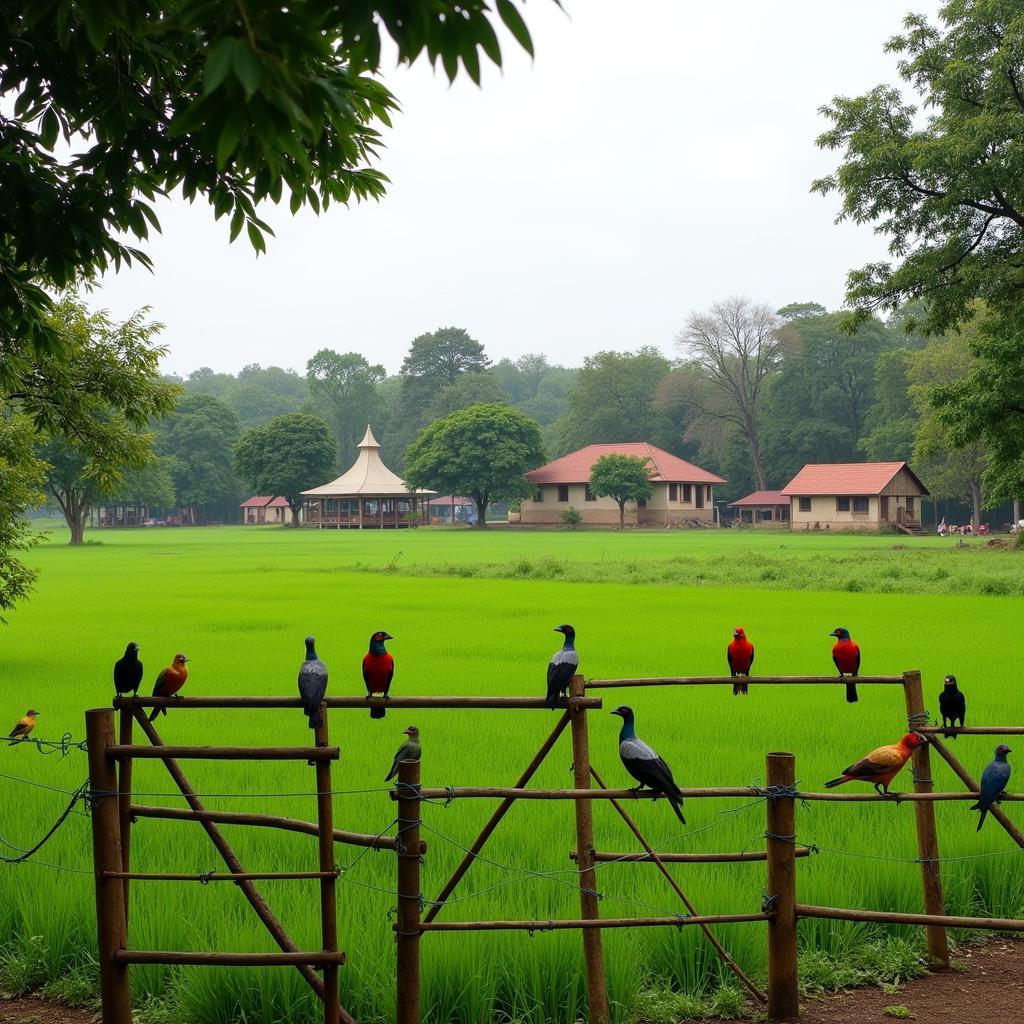African Drumming Patterns for Class Ensembles: A Guide for Educators
African drumming is a vibrant and engaging art form that has captured the hearts and minds of people worldwide. Its captivating rhythms and unique techniques offer a rich cultural experience that can be explored in educational settings. In this article, we delve into the fascinating world of African drumming patterns and explore how to effectively incorporate them into class ensembles.
Understanding the Basics of African Drumming
African drumming goes beyond simply hitting a drum. It is a complex and expressive art form that draws upon a rich tapestry of cultural traditions. Each drum and each rhythm carries its own distinct meaning and purpose.
The Key Elements of African Drumming
- Polyrhythms: African drumming is characterized by the simultaneous use of multiple rhythms, creating complex and captivating patterns.
- Call and Response: This interactive element involves a leader initiating a rhythm or phrase, followed by a group response. It’s a vital part of social interaction and community cohesion.
- Polycentrism: Unlike Western music, where the emphasis is often on a single beat, African rhythms often have multiple beats that occur simultaneously, creating a layered and intricate sound.
African Drumming Patterns for Class Ensembles
Incorporating African drumming patterns into class ensembles offers a multitude of benefits:
- Cultural Enrichment: It allows students to connect with the rich cultural heritage of Africa, fostering a deeper understanding and appreciation of diversity.
- Musical Development: Students learn to develop their musical skills, including rhythm, timing, and coordination.
- Teamwork: Drumming together encourages cooperation and collaboration, fostering a sense of community among students.
Popular African Drumming Patterns for Class Ensembles
- The “Kpanlogo” Pattern (Ghana): This vibrant and energetic pattern is a popular choice for beginners. It’s characterized by its fast tempo and use of call and response.
- The “Djembe” Pattern (West Africa): The djembe is a versatile drum that offers a wide range of rhythms. The “Djembe” pattern is a classic example, showcasing its deep and resonant sound.
- The “Samba” Pattern (Brazil): While not strictly African, this pattern has strong African roots and is easily adaptable for class ensembles. Its lively rhythm and focus on percussion makes it a fun and engaging choice.
Resources for Educators
There are many resources available to help educators incorporate African drumming into their classrooms:
- Online Tutorials: Websites and YouTube channels offer a wealth of information on African drumming, including tutorials for beginners and advanced players.
- Books: There are numerous books available that provide detailed explanations of African drumming techniques, patterns, and history.
- Workshops and Classes: Many communities offer workshops and classes led by experienced African drummers, providing hands-on learning experiences.
Expert Insights on African Drumming
“The power of African drumming lies in its ability to connect us with our ancestral roots, fostering a sense of belonging and shared identity,” says Dr. Abena Mensah, a renowned ethnomusicologist and expert on African drumming.
“It is more than just making noise; it’s about expressing emotions, storytelling, and creating a powerful sense of community,” adds Baba Kofi, a master drummer from Ghana.
Conclusion
African drumming patterns offer a unique and enriching experience for students of all ages and backgrounds. By incorporating them into class ensembles, educators can create a vibrant and engaging learning environment that fosters cultural understanding, musical development, and teamwork.
Through the rhythmic power of African drumming, we can connect with the rich cultural heritage of the continent and celebrate the universal language of music.
FAQ
1. What are the best drums to use for African drumming in a class ensemble?
The djembe, talking drum, and shekere are popular choices for class ensembles, offering diverse sounds and rhythms.
2. How can I learn more about specific African drumming patterns?
There are numerous resources available online, in books, and through workshops to help you explore different patterns.
3. What are the benefits of using African drumming patterns in the classroom?
They offer cultural enrichment, musical development, teamwork skills, and a fun and engaging learning experience.
4. Are there any specific safety guidelines to follow when teaching African drumming?
Always emphasize proper posture, technique, and the importance of respecting the drums and the cultural traditions associated with them.
5. Where can I find professional African drummers for workshops or performances?
Local cultural centers, universities, and online platforms are great places to connect with experienced African drummers.



